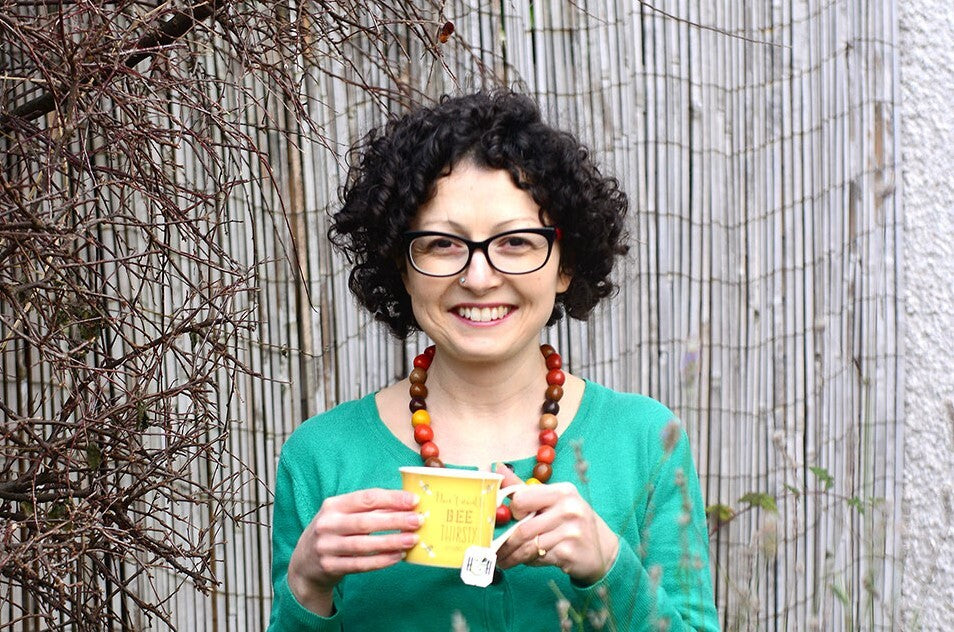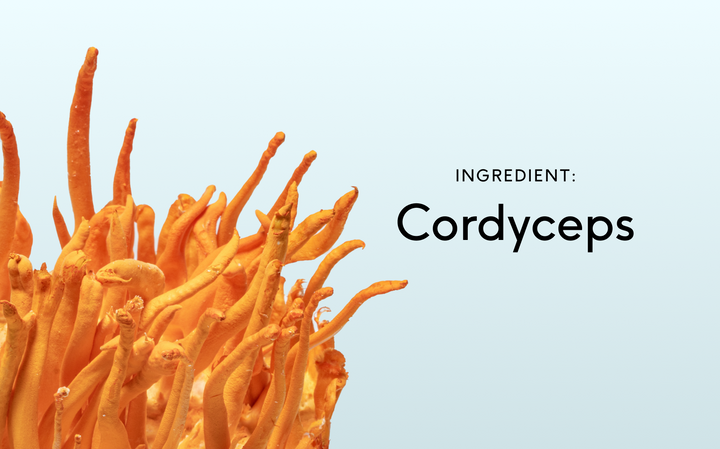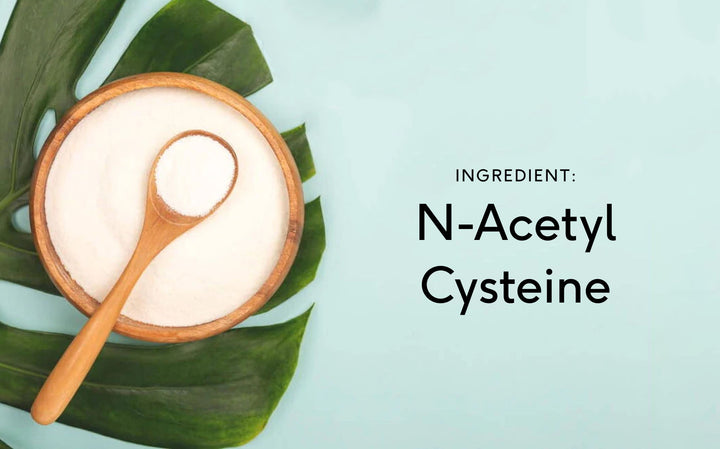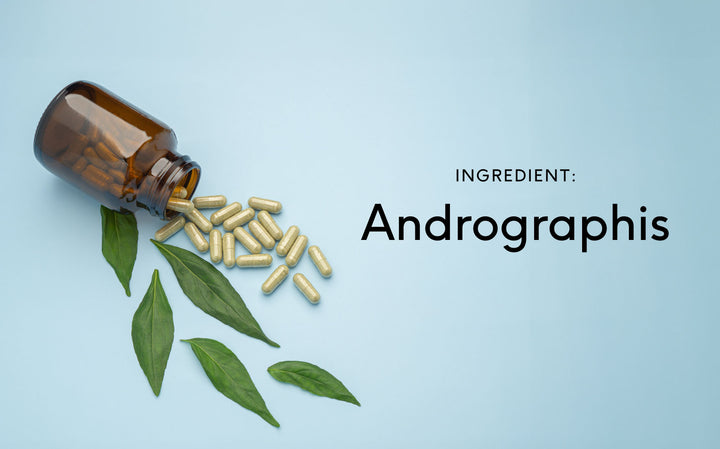What is Red Clover: Benefits, Risks, How to use [2025 Nutritionist Reviewed]
Nicki is an award-winning menopause nutritionist, hormone expert, book author and Founder of Happy Hormones For Life.
Nicki is an award-winning menopause nutritionist, hormone expert, book author and Founder of Happy Hormones For Life.
Table of contents
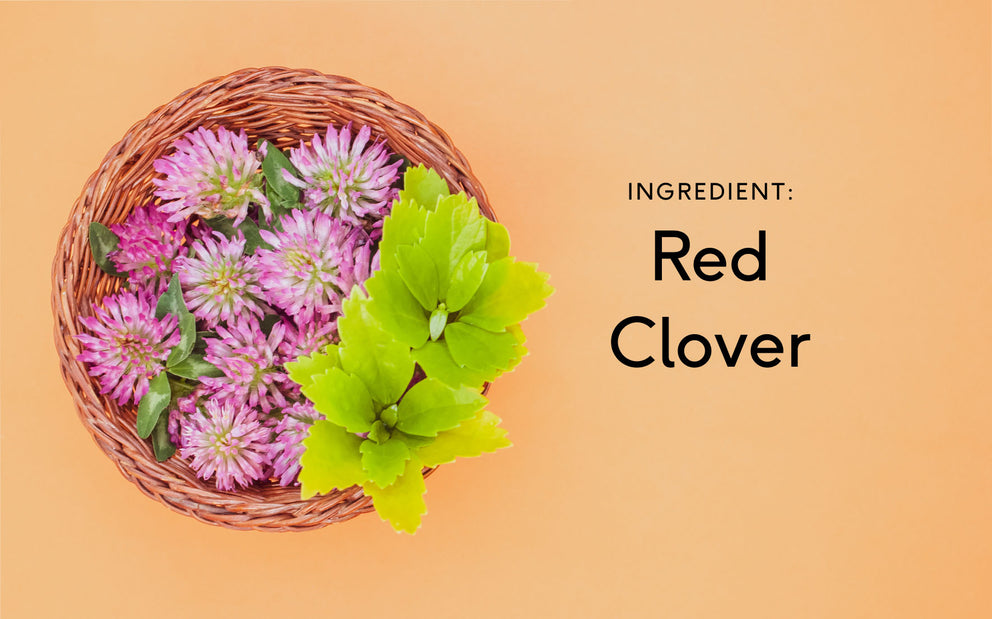
| Ingredient name | Red Clover |
| Scientific name |
Trifolium pratense |
| The ingredient is also known as | Cow clover, meadow clover, wild clover |
| Available Red Clover forms | Powdered herb or extract |
| Possible bioavailability | Depends on your gut flora |
| Water-soluble or fat-soluble | Water-soluble |
| Health benefits associated with Red Clover | Reduced symptoms of menopause, cardiovascular health, skin and hair health, bronchitis, whooping cough, cancer. |
| Year ingredient discovered | Thousands of years ago |
| Red Clover mostly used in | Capsules, tinctures, ointment, tea |
| Recommended dose | Not definitively known but 40mg isoflavone equivalent is suggested |
| Daily reference intake | N/A |
| Does the human body produce this ingredient | No |
| The half-life of Red Clover | 13-23 hours |
| Signs of Red Clover deficiency | N/A |
1. Overview: What is Red Clover?
Red clover is a common plant throughout many parts of the world including Europe, the UK and America; you will likely be familiar with the sight of its little red petals on lawns and in parks. Actually a member of the legumes category of plants, and often considered a weed, this little flower has a number health benefits. Red Clover benefits are mostly due to its content of isoflavones: compounds found in plants that have a Phyto-oestrogenic effect, which can benefit health. For this reason Red Clover is becoming an increasingly popular herbal supplement, particularly to support women’s health.
2. What forms of Red Clover are there?
There are different shades of Red Clover, as well as white clover and pale pink coloured strawberry clover. It is Red Clover, or Trifolium pratense that is of interest to us for its health benefits. As a herbal supplement, you may come across it in capsules, tablets or tinctures, or as an ointment for topical application. You could also drink Red Clover tea.
3. What is Red Clover made from?
Red Clover tea is made from the dried flowers. Red Clover supplements may be made from the powdered herb, placed into capsules, or Red Clover extract, derived from the flower or leaf, made into a tincture or topical ointment.
4. What does Red Clover do?
Red Clover benefits mainly come from its Phyto-oestrogenic properties. Phytoestrogens fill oestrogen receptors and can act in a similar way to oestrogen in the body.
Oestrogen is one of our main sex hormones and plays a role in both male and female health. Besides supporting the reproductive system, it is also involved in bone formation, the cardiovascular system and regulation of inflammation1.
Phytoestrogens can in fact act either as agonists or antagonists of oestrogen, depending on the biological action required by the body1, meaning they can help whether you have too much or too little.
5. What is Red Clover used for?
Red Clover has been used traditionally for a number of ailments including asthma, bronchitis, whooping cough, cancer, gout and high cholesterol levels. It has also been used topically to treat rashes and skin diseases including eczema and psoriasis.
Nowadays however, you are more likely to hear about it in relation to women’s health, particularly the menopause. This phase of life has become of greater relevance in recent years thanks to the fact we are living longer. Today, women commonly spend over a third of their lives post-menopause, which means reduced levels of oestrogen, in turn bringing about long-term health issues and menopausal symptoms2. Red Clover has become a popular herbal supplement to support issues caused by altered oestrogen levels, particularly during menopause. It may also be used to support cardiovascular health and other health conditions, as will be discussed further below.
6. What is the function of Red Clover supplements?
Red Clover is rich in nutrients including calcium, chromium, magnesium, niacin, phosphorus, potassium, thiamine, and vitamin C3.
However, the main Red Clover benefits come from its content of isoflavones, which function as phytooestrogens. These are metabolites found in some plants that when absorbed bind to oestrogen receptors in the body, mimicking or regulating the effect of oestrogen, depending on what the body needs.
Red Cover also functions as an antioxidant, and is thought to have anti-inflammatory, anticoagulant, expectorant, anti-cancer, blood thinning and neuroprotective properties2, 3, 4 .
7. Is Red Clover effective?
A number of scientific studies have found favourable results into the use of Red Clover to support a range of health conditions as will be discussed in more detail below. It has been noted that studies that had less favourable results have often used lower doses or shorter durations5,6.
As is the case with most herbal supplements, more research is needed to fully establish the plant’s effectiveness. That doesn’t mean it isn’t effective, just that the research is still to be carried out.
8. How to take Red Clover?
If you wished you could simply eat Red Clover flowers or leaves raw, sprinkled on a salad for a splash of colour. They are fully edible and have a gentle, sweet, slightly bean flavour, according to a British foraging expert. Red Clover tea is also popular and you may see this promoted as a drink to ease symptoms of menopause.
However, as with any herb, to get the real therapeutic effect, you need to take it in a higher dose which is more practical when taken as a dietary supplement, which you may come across in the form of capsules, tablets or tinctures.
9. How long does it take for Red Clover to work?
This may depend on what you are taking Red Clover for. Some studies have had effective results in as little as 4 weeks, others went on for 12 weeks. It has been suggested that studies lasting for 6 months or more may have better results1, but on the other hand there is the possibility of minor side effects if you take Red Clover without medical advice for a year or more3.
10. How long does it take for your body to absorb Red Clover?
It has been found that people absorb isoflavones (the active metabolite of Red Clover) to varying degrees, and this comes down to our gut bacteria1,5,6. Typically, people living in Asian countries will absorb isoflavones better than Westerners thanks to their isoflavone-rich diet, high in tofu, soy beans and other legumes, which makes them more likely to have the enzymes in their gut that help metabolise it1. Levels of carbohydrates, fats and probiotic foods have also found to be a factor1,6.
It has been suggested that spreading Red Clover throughout the day may be more effective than one large dose, to aid absorption5.
11. Can Red Clover replace HRT?
Hormone Replacement Therapy (HRT) is sometimes prescribed to replace oestrogen during menopause. However it is less prescribed now due to a confirmed risk of breast cancer, and potential risk of ovarian and endometrial cancers, as well as blood clots7. It also only delays the symptoms: as soon as you stop taking HRT, the menopausal symptoms will return. Red Clover is becoming one of the popular herbal supplements used as an alternative to Hormone Replacement Therapy, thanks to its ability to mimic oestrogen in the body.
HRT is the first line medical treatment for menopause symptoms related to declining oestrogen and progesterone. It is very effective at replacing these hormones and relieving symptoms. However, some women don’t want to or have been advised not to take hormone replacement, in which case red clover supplements can be helpful as an alternative.
12. Red Clover and Menopause
Menopause, defined as cessation of the menstrual cycle for at least 12 months, comes about due to reduced levels of hormones, particularly oestrogen, and can come with a range of symptoms including hot flushes, night sweats, anxiety, depression and brain fog, as well as irregular periods8.
Menopausal symptoms are worse for women in the Western world: up to 80% of postmenopausal women in Europe and America report hot flushes, compared to only 14% in South East Asia6. The difference is likely diet related: isoflavone rich legumes seem to be protective against hot flushes 6, and Japanese women consuming higher amounts of soy foods like tofu were found to have fewer instances of hot flushes than those who didn’t9.
Isoflavone supplements such as Red Clover may be an easier option than making major dietary changes. Red Clover is also allergen-free, and environmentally friendly. It may also be a more effective option. Red Clover and soy both contain beneficial isoflavones daidzein and genistein, but only Red Clover also provides methylated precursors, formononetin and biochanin A2, 5. Formononetin actually has a higher oestrogenic effect than daidzein 5, and it and biochanin A have both been found to be protective against menopausal symptoms4, 10 .
Some studies into the use of Red Clover supplements for menopausal symptoms have had good results, many of which have been published in Maturitas: an international journal focusing on mid to later life. One of these studies was a randomized, double-blind, placebo controlled trial carried out to investigate the use of Red Clover isoflavones on hot flushes6. After 12 weeks, 73% of women who had been given Promensil, a Red Clover supplement, reported a reduction in the severity of their hot flushes, compared to only 18% of the placebo group. And a meta-analysis of trials, published by Maturitas, found that Red Clover was effective in reducing menopausal hot flushes when given for 3-4 months11.
Another study investigated Red Clover isoflavones for treatment of anxiety and depression in menopause, and again results were good. Anxiety and depression scores reduced by nearly 80%, compared to only just over 20% for the placebo group12.
And a trial investigating a range of typical complaints in postmenopausal women found that those given Red Clover extract for 90 days reported a greater improvement in their scalp, hair and skin, and libido, mood, sleep and energy, when compared to placebo2.
13. Red Clover for bone health
Red Clover could support bone health, again thanks to its Phyto-oestrogenic effect. Oestrogen plays a role in the growth, development and formation of new bone1,5. It is also involved in calcium absorption1 - one of the main building blocks of bone. Because of their ability to mimic the effect of oestrogen, phytoestrogens have been found to increase bone formation and bone mineral density5.
Bone health is of particular concern to older women. Reduced oestrogen levels post menopause leads to bone loss, in turn leading to osteopenia, osteoporosis and an increased risk of fractures5. In fact, the most common type of osteoporosis is bone loss associated with menopausal hormone deficiency and 30% of postmenopausal women in the Western world have osteoporosis, a figure that is likely to increase as our population ages13. Again this is less the case elsewhere in the world: women in Asia have been found to have higher bone mineral density, and this has been linked to a high intake of soy1.
Red Clover has been found in trials to be beneficial to bone health. Rats with reduced oestrogen levels due to an ovariectomy were found to significantly improve bone mineral content, bone strength and weight after supplementation with Red Clover13. In humans, a trial measured bone mineral density, bone mineral content and inflammatory markers in menopausal women, and found that 150ml of daily Red Clover extract had a positive effect on bone health when compared to placebo5.
14. Red Clover for cancer
Red Clover has been used traditionally as a cancer treatment, and we are now learning that there may be scientific evidence in favour of this.
Red Clover may impede cancer cell growth, thanks to its content of the genistein which is a natural tyrosine kinase inhibitor1. Tyrosine kinase is an enzyme in the body which is involved in the cell growth, differentiation and apoptosis (cell death) and tyrosine kinase inhibitor drugs are used to treat cancer.
One of Red Clover’s other metabolites, biochanin A, has shown favourable results as an anti-cancer treatment4. Studies found that it could inhibit tumours of prostate cancer, breast cancer, lung cancer and others4.
Breast cancer is more common in postmenopausal women8. And vasomotor menopausal-like symptoms like hot flushes and night sweats can be a side effect of anti-cancer drugs like tamoxifen, surgery and chemotherapy14. However, it is advised not to take Red Clover or other isoflavones with tamoxifen due to potential interactions.
15. Red Clover for Cardiovascular Health
It is thought that isoflavones have the potential to protect against cardiovascular disease, lowering blood pressure and reducing the risk of atherosclerosis15, 16, 17. It may lower LDL, our “bad” cholesterol, without impacting our “good”, HDL cholesterol levels17.
People in Asian countries have a lower rate of heart disease and again it is thought that their isoflavone-rich diet high in soy could explain this15,16 . Although soy products are becoming popular in the UK, these are made from soy oil or lecithin and only contain trace amounts of isoflavones, while a traditional Asian diet may contain 40-50mg per day15,16 .
Again there is again a link back to menopause. The cardioprotective nature of isoflavones seems to be more pronounced in postmenopausal women than women of other ages or men. A large scale Japanese study found a high intake of dietary isoflavones from soy and miso was correlated with low cardiovascular risk factors, but mostly in women post menopause17. It was supposed phytoestrogens exerted a greater effect on these women due to their reduced oestrogen levels meaning oestrogen was not occupying the receptors.
Similar results have been found in the West. The Framingham Study was a long-term study investigating the cardiovascular health of residents in the town of Framingham, America. One of the findings was that postmenopausal women consuming dietary isoflavones had lower triglyceride levels and cardiovascular risk factors18.
Red Clover supplements could be a beneficial way for Westerners to increase their isoflavone intake and support their cardiovascular health. A systematic review of studies carried out in 2019 investigated lipid profiles in peri- and postmenopausal women taking Red Clover extract, and found that it was effecting in reducing total cholesterol levels19.
16. Red Clover for Skin and Hair
Reduced oestrogen levels post menopause have been linked to skin changes including wrinkles, dryer, thinner skin, slower wound healing, and reduced collagen20. Red Clover may benefit as a phytoestrogen, and thanks to its content of genistein, which has been found to protect against UV exposure, improve wound healing and reduce skin inflammation20 . Because Red Clover can act as an anti-inflammatory, it may also be helpful in inflammatory skin conditions like eczema and psoriasis. And phytoestrogens could also benefit hair, since oestrogen is involved in the growing phase of hair follicles2.
Some studies are available to back these suggestions up. Women given daily isoflavones improved their skin elasticity and fine lines20, and isoflavone supplementation was found to potentially reduce lesion formation in psoriasis21. A randomized, placebo-controlled trial found a number of benefits of Red Clover Isoflavones for postmenopausal women , including a subjective improvement in their scalp, hair and skin status2.
Red Clover may also be helpful for male pattern hair loss. A randomized, placebo-controlled trial investigated a daily topical application of Red Clover in men who had recessing hair22. Their hair growth increased by 13% while hair loss decreased by 29%.
17. How much Red Clover do I need to take to feel the benefits?
It has not been definitively established what dose of Red Clover is required to feel the benefits, but it is interesting to note that people consuming a typical Asian diet will have around 40-50mg of isoflavones daily so it could make sense to aim for this, especially if your intake of isoflavone rich foods is low. Some studies have used higher amounts, up to 110mg of isoflavones for bone mineral density, for example1. However it is not recommended to take high doses without consulting a healthcare provider.
18. What are the side effects of Red Clover?
Generally Red Clover is considered safe, and most trials noted no serious side effects, at least in people taking it for up to a year. However some people may experience a headache, nausea or a rash3. If in doubt, speak to a healthcare provider.
19. What are the signs of Red Clover deficiency?
Red Clover is not an essential nutrient and therefore you can’t be deficient in it. However, as we have seen, a diet low in isoflavones may increase the likelihood of menopausal symptoms and cardiovascular risk factors. Red Clover supplementation is one way to support this.
20. What are the risks associated and warnings with taking Red Clover?
Because of the lack of long term studies, it is not recommended to self-prescribe Red Clover for more than 6 months, without seeking the advice of a health care professional3.
As with most herbs, it is not recommended to take Red Clover if you are pregnant or breast feeding3.
21. What is a good Red Clover supplement?
There are lots of Red Clover supplements on the market, but quality can vary. Look out for the quantity of isoflavones that the product provides.
You may wish to consider taking Red Clover in a blend of herbs and other nutrients, to target specific issues. Feel’s Menopause product combines Red Clover with B vitamins and herbs to promote hormonal balance for women at all stages of the menopause journey. It provides 40mg of isoflavones, a comparable amount to the daily intake achieved through a traditional Asian diet.
22. Where can I buy Red Clover?
Check out your local health food shop for Red Clover supplements or buy them online from a reputable source like the Natural Dispensary. You can buy Feel’s Menopause product directly from our website, and set up a subscription to have them delivered monthly so you never run out.
23. Interactions and contraindications when taking Red Clover?
There is a potential for Red Clover to interfere with some drugs including tamoxifen and any drugs containing oestrogen such as Hormone Replacement Therapy and birth control pills3. Because Red Clover can act as an blood thinner, it may enhance the effect of anticoagulant drugs, increasing the chance of bleeding3. There was also a report of a psoriasis patient taking methotrexate having a reaction after supplementing with Red Clover23.
Please seek medical advice before taking Red Clover or any other herbal supplements if you are on medication.
References
- https://pubmed.ncbi.nlm.nih.gov/18667012/
- https://www.ncbi.nlm.nih.gov/pmc/articles/PMC3206499/
- https://www.mountsinai.org/health-library/herb/red-clover
- https://www.frontiersin.org/articles/10.3389/fphar.2019.00793/full
- https://www.ncbi.nlm.nih.gov/pmc/articles/PMC4523657/
- https://www.maturitas.org/article/S0378-5122(02)00080-4/fulltext
- https://bnf.nice.org.uk/drugs/estradiol/
- https://www.nhs.uk/conditions/menopause/
- https://pubmed.ncbi.nlm.nih.gov/11296152/
- https://www.sciencedirect.com/science/article/pii/S030881462100981X
- https://www.maturitas.org/article/S0378-5122(14)00214-X/fulltext
- https://www.maturitas.org/article/S0378-5122(09)00395-8/fulltext
- https://pubmed.ncbi.nlm.nih.gov/17117453/
- https://pubmed.ncbi.nlm.nih.gov/16735939/
- https://www.sciencedirect.com/science/article/pii/S0278691507002293
- https://pubmed.ncbi.nlm.nih.gov/22122477/
- https://pubmed.ncbi.nlm.nih.gov/18025534/
- https://www.sciencedirect.com/science/article/pii/S0022316622149102
- https://www.maturitas.org/article/S0378-5122(19)30142-2/fulltext
- https://www.mdpi.com/2072-6643/9/6/622
- https://pubmed.ncbi.nlm.nih.gov/29679037/
- https://pubmed.ncbi.nlm.nih.gov/23449130/
- https://pubmed.ncbi.nlm.nih.gov/24072635/
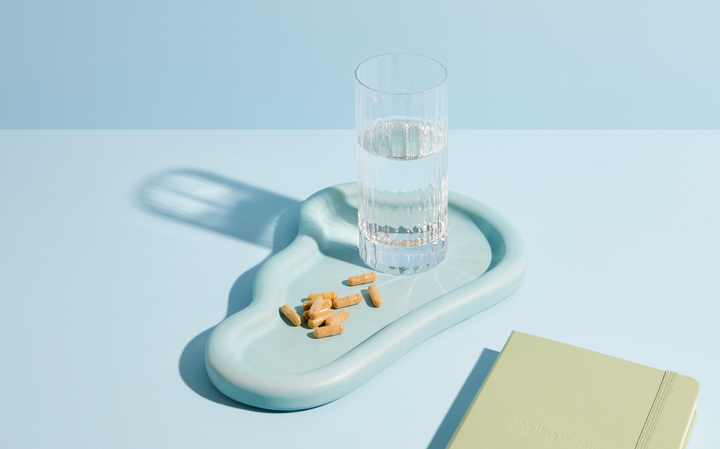
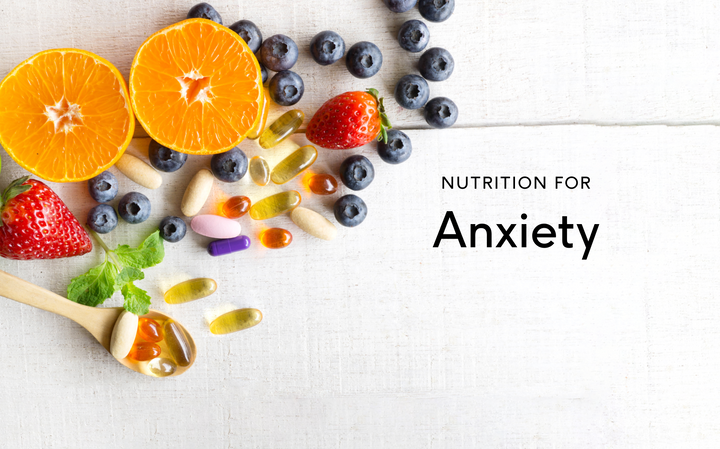
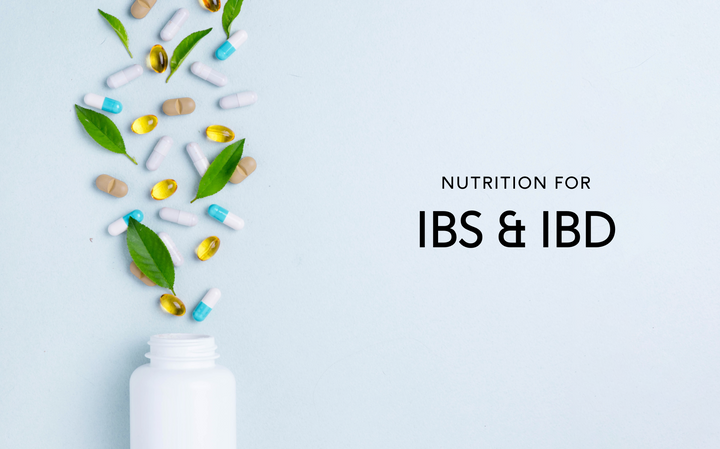




















































 Back
Back
